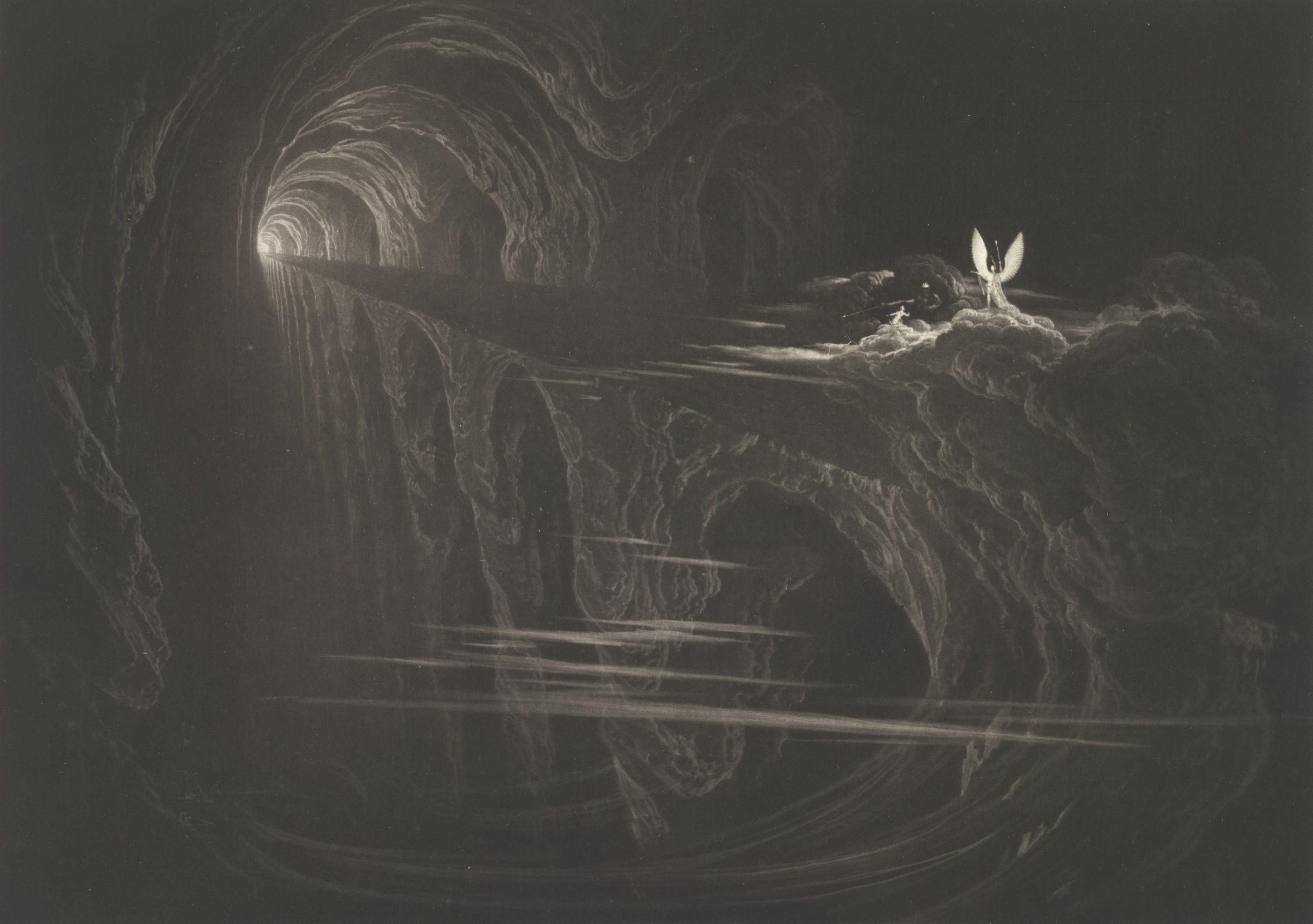Adrienne Rich, “The Will to Change,” in The Will to Change: Poems 1968-1970 (Norton, 1971), 30-31.
David Wallace-Wells, “Why Do We Fail When We Try to Tell the Story of Climate Change?,” Slate, February 2019.
In Don’t Even Think About It, George Marshall argues that one of the reasons that international cooperation on climate change has struggled is that the UN initially framed the problem on the same terms as the Montreal Protocol, which led to the successful alleviation of the ozone crisis. The ozone crisis was a discreet, technical challenge in which harmful practices were replaced by less harmful ones, unlike the climate breakdown, to which there are no technical fixes to the status quo, and which is interconnected with almost everything we do. See George Marshall, “Precedents and Presidents: How Climate Policy Lost the Plot,” in Don’t Even Think About It: Why Our Brains Are Wired to Ignore Climate Change (Bloomsbury, 2015), 162-168.
For further discussion, see Marshall, Don’t Even Think About It.
For further discussion on the tunneling of attention, see Edlar Shafir’s Scarcity: Why Having Too Little Means So Much (Penguin, 2013).
Marilynne Robinson, The Death of Adam: Essays in Modern Thought (Houghton Mifflin Company, 1998).
There are several peer-reviewed papers that discuss the issues with carbon accounting as it currently exists and propose alternative frameworks to improve rigor in the field. See, for example, Judy Too et al., “Framework for Standardising Carbon Neutrality in Building Projects,” Journal of Cleaner Production 373 (2022): 133858.
There is a good deal of research on this issue, and for a balanced perspective I recommend reading peer-reviewed research over materials published by those directly involved in the writing and maintaining of standards. For support of my claims here, see, for example, André Stephan et al., “A Comprehensive Assessment of the Life Cycle Energy Demand of Passive Houses,” Applied Energy 112 (December 2013): 23-34; and Catarina Thormark, Energy and Resources: Material Choice and Recycling Potential in Low Energy Buildings (IOS Press, 2007), 759-766.
See, for example, Jane Hutton, Reciprocal Landscapes (Routledge, 2020); Forma Fantasma, Cambio (Serpentine Galleries, 2020), ➝; Thomas Thwaites, The Toaster Project (Princeton Architectural Press, 2011).
Hugo Mecier and Dan Sperber, The Enigma of Reason (Harvard University Press, 2017).
The ARB has taken steps to extend the professional code of conduct through the publication of a range of advisory notes, which address wider fields of concern. See “Architects’ Code: Advisory Notes,” Architects Registration Board, n.d., ➝.
John Nolt, “How Harmful Are the Average American’s Greenhouse Gas Emissions?,” Ethics, Policy and Environment 14, no. 1 (March 2011): 3–10.
Nolt, “How Harmful Are the Average American’s Greenhouse Gas Emissions?”
Actual increases to 2024 were in fact higher than the projections Nolt used.
For details on both how Nolt calculates harm, and for his justifications of this method, see his paper, John Nolt, “Casualties as a Moral Measure of Climate Change,” Climatic Change 130, no. 3 (2015): 347-58.
R. Sandler, “Beware of Averages: A Response to John Nolt’s ‘How Harmful are the Average American’s Greenhouse Gas Emissions?’,” Ethics, Policy & Environment 14, no. 1 (2011): 31–33; Thomas P. Seager et al., “Determining Moral Responsibility for CO2 Emissions: A Reply to Nolt,” Ethics, Policy and Environment 14, no. 1 (2011): 31-33. For other perspectives on individuals’ responsibilities for greenhouse gas emissions, see writings by, for example, Christian Baaz, Hanna Schubel, Iris Marion Young, and Simon Caney, although it should be noted these writers generally deal with this issue from the perspective of the Global North.
European Commission, “Expected duration of working life, 2023.” Note this is the EU average.
I used Nolt’s figures for pre-industrial averages, IPCC data for total atmospheric carbon at 2005, and IPCC projections for total atmospheric carbon 2045.
This is a significant reduction, as although estimates vary between 40% and 15%, the consensus is that embodied carbon accounts for 20% of the overall emissions associated with the built environment. Due to the difficulty in estimating emissions of imported products, my own guess is that the real figure may be higher. I have taken 20% from the World Green Building Council. If I were to assume that an architect could, through good design, reduce the energy use of a building by roughly 60%, then the total harm would be perhaps as high as double my figure.
You can review my calculations here: “nolt calcs,” ➝.
Avram Hiller, “Morally Significant Effects of Ordinary Individual,” Actions, Ethics, Policy and Environment 14, no. 1 (2011): 19-21.
Michael Rothberg, The Implicated Subject: Beyond Victims and Perpetrators (Stanford University Press, 2019).
Jim Corbett, Goatwalking: A Guide to Wildland Living, A Quest for the Peaceable Kingdom, 2nd Edition (self-published, 1991).
Karl Marx, “Preface,” in A Contribution to the Critique of Political Economy, trans N. I. Stone (Lector House Press, 1977).
Mark Lynas et al., "Greater than 99% consensus on human caused climate change in the peer-reviewed scientific literature," Environmental Research Letters 16, no. 11 (October 2021): 114005.
Marshall, Don’t Even Think About It.
Corbett, Goatwalking.
Adam Philips, Missing Out: In Praise of the Unlived Life (Hamish Hamilton, 2012).
